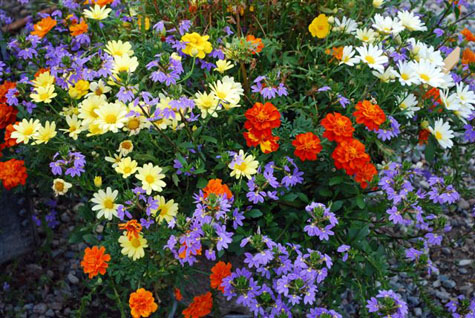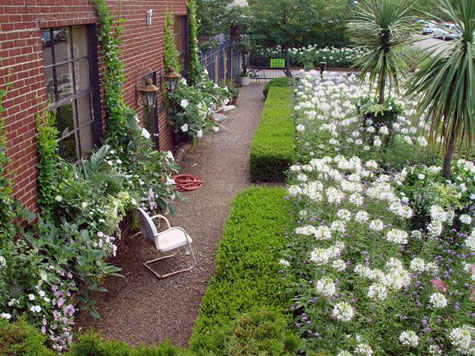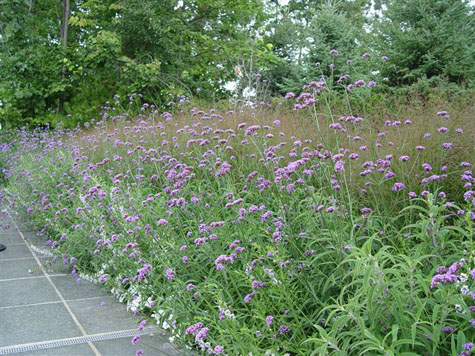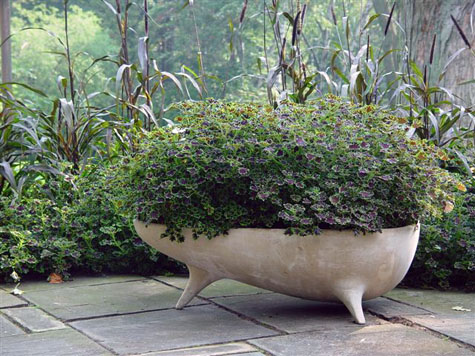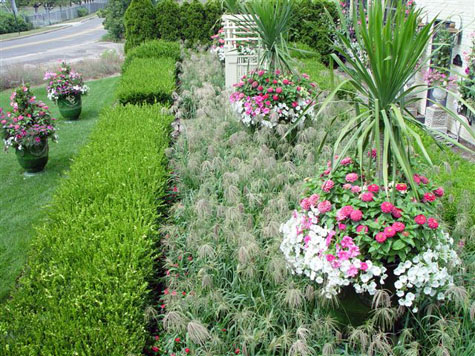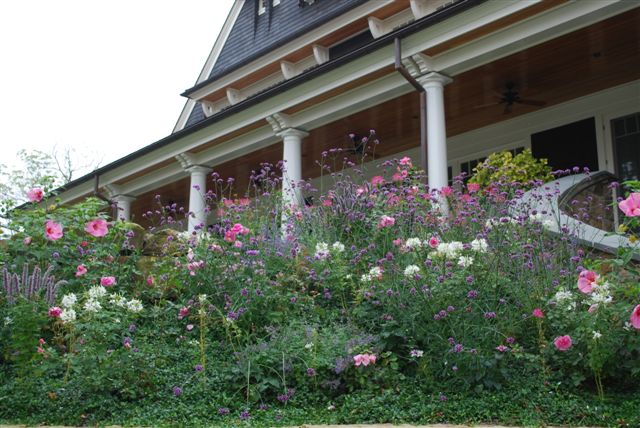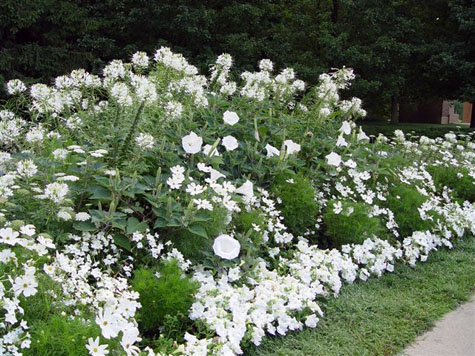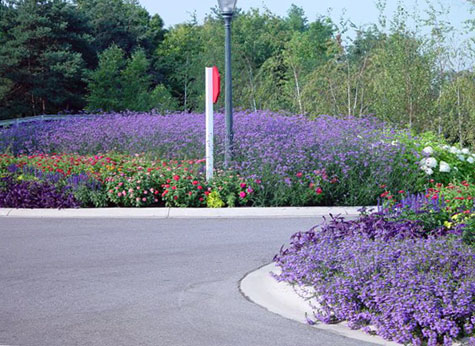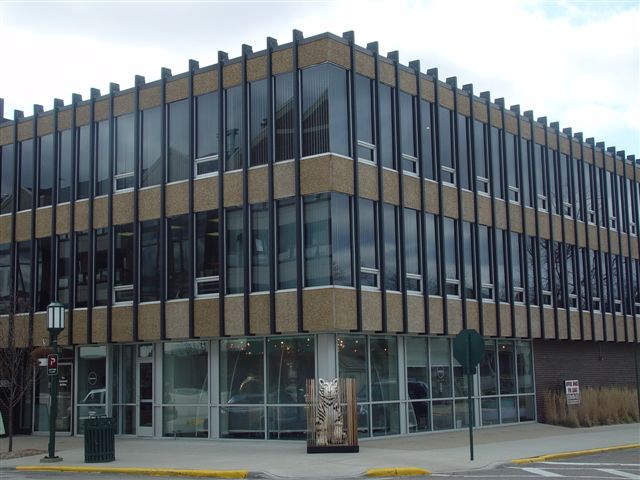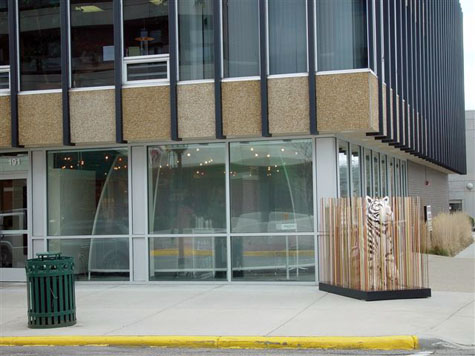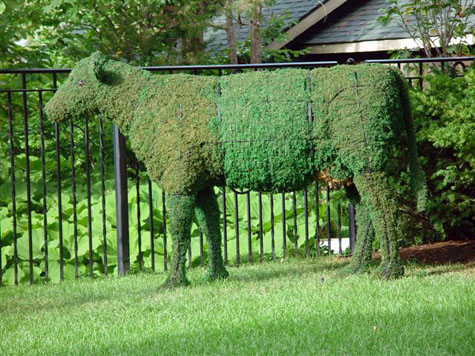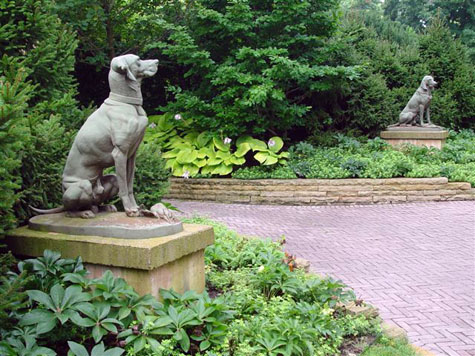
Beautiful pots are not only about beautiful plant material, designed and planted in an interesting, or lovely, or architectural way, and well grown. There is the matter of the pots themselves.

Pots could be loosely defined as anything that holds soil, and drains water away. Once in my twenties I planted four plastic garbage cans (I drilled holes in the sides and bottom) and planted all my vegetables and herbs in them. My first and only concern was my tomatoes, and what I was growing with them for my salads. It was easy to weed, groom, and pick, standing up.
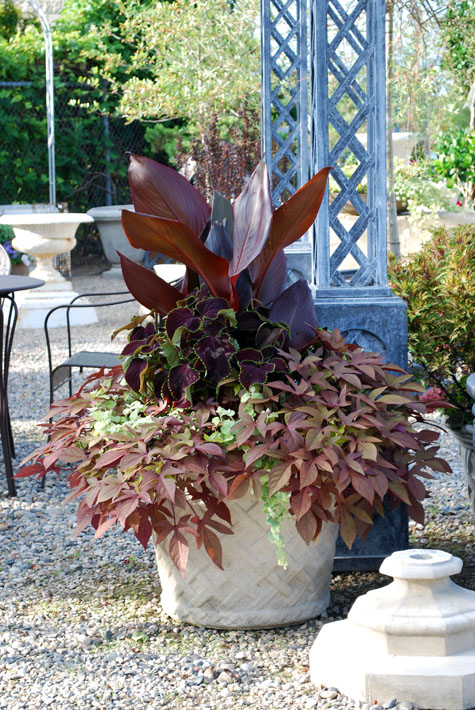
I have a much different view of pots now. They are an important sculptural element of the planting as a whole. They make suggestions about what would look good planted in them, if you ask. They make themselves at home in your landscape. Many are as beautiful empty as they are planted; some containers need planting.
 Once you plant an old galvanized bucket with geraniums and strawberries, the eye sees that object in a different way.
Once you plant an old galvanized bucket with geraniums and strawberries, the eye sees that object in a different way.
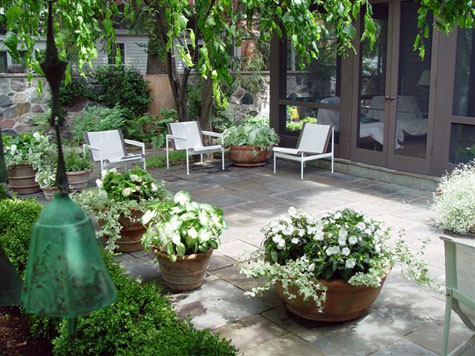
Some pots I am not fond of. Most fiberglass and plastic pots have a visually unpleasant surface-no romance there. These I avoid. I like genuine materials. I don’t think this makes me a pot-snob. I have seen vintage baskets and buckets, wood boxes, stainless steel milk pails, and livestock troughs completely transformed visually by someone’s idea to plant them.
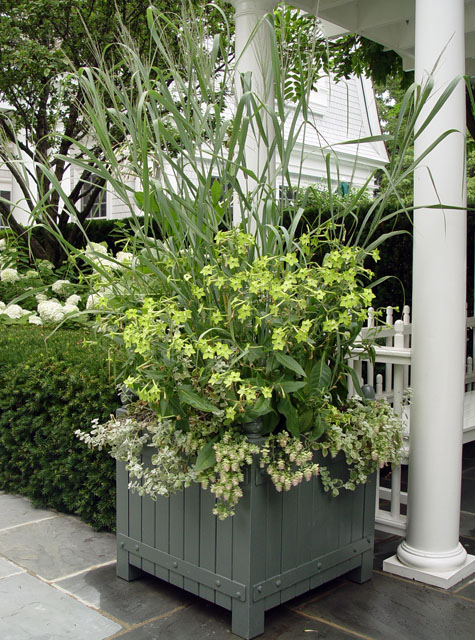
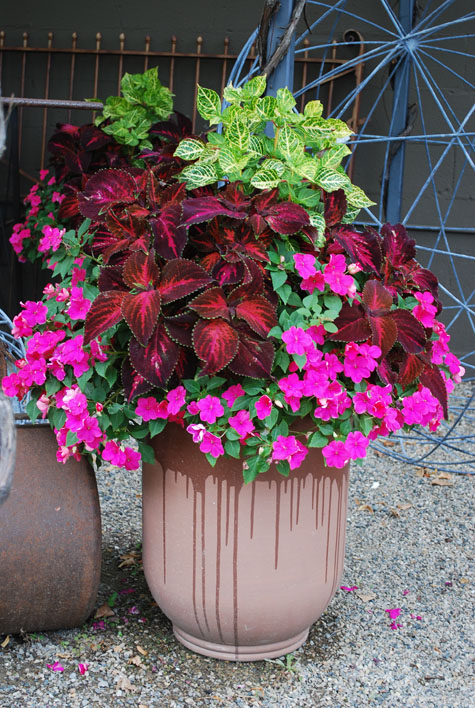
If I had to name a favorite, my Compton Pottery snake pot, made during the arts and crafts period in England would rank high on my list.
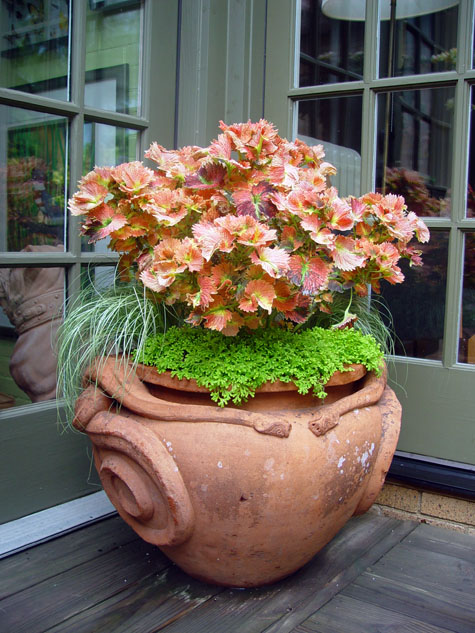 It was a 50th birthday present, from me, to me. Every time I look at it, I feel the history of the object, and my own garden making. It is the emotional equivalent of a trip to Europe, touring other gardens, whose pots tell me something about the gardeners who planted them.
It was a 50th birthday present, from me, to me. Every time I look at it, I feel the history of the object, and my own garden making. It is the emotional equivalent of a trip to Europe, touring other gardens, whose pots tell me something about the gardeners who planted them.

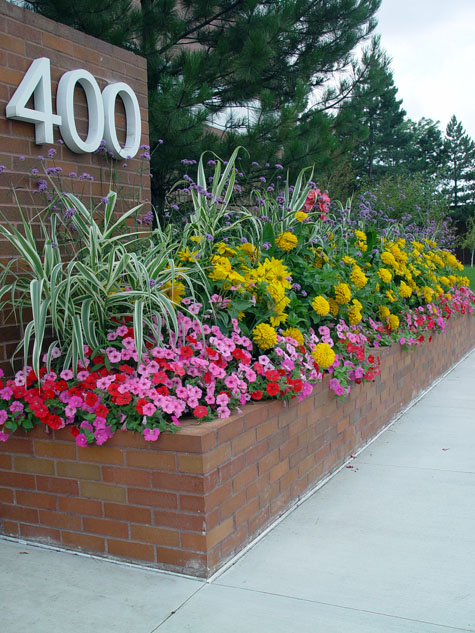 It’s such a good thing that shopping centers and the like plant fibrous begonias and impatiens, in vast quantities, so you don’t have to. The Victorian gardening era in England produced some very inventive schemes for bedding plants. Beautifully designed and executed, they made use of annual plants of compact habit and low maintenance. Many of them were representational in their design-the most familiar of these would be the bedding plant clocks. Only rarely do I see bedding plants done to this level. There are those who plant oceans of uniformly growing fibrous begonias, impatiens, dusty miller and so on, without much in the way of interesting design-just lots of color. I like color as well as the next person, but I am glad this way of planting is being done by others, so I don’t have to.
It’s such a good thing that shopping centers and the like plant fibrous begonias and impatiens, in vast quantities, so you don’t have to. The Victorian gardening era in England produced some very inventive schemes for bedding plants. Beautifully designed and executed, they made use of annual plants of compact habit and low maintenance. Many of them were representational in their design-the most familiar of these would be the bedding plant clocks. Only rarely do I see bedding plants done to this level. There are those who plant oceans of uniformly growing fibrous begonias, impatiens, dusty miller and so on, without much in the way of interesting design-just lots of color. I like color as well as the next person, but I am glad this way of planting is being done by others, so I don’t have to.